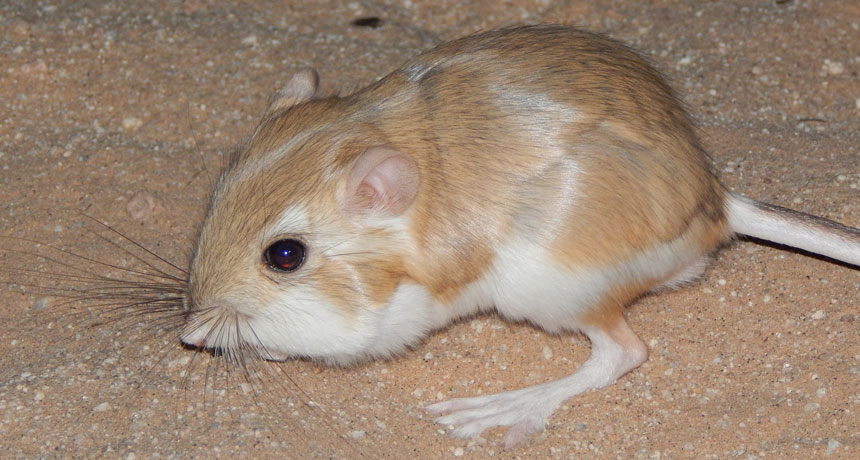behavioral ecologist A scientist who studies how animal behavior relates to where animals live.
ecology A branch of biology that deals with the relations of organisms to one another and to their physical surroundings. A scientist who works in this field is called an ecologist.
footage (in movies and videos) A term for the uncut or unprocessed motion pictures or video imagery taken by a camera. It takes its name from the fact that it took several feet of film to capture a few seconds of motion-picture photography.
journal (in science) A publication in which scientists share their research findings with experts (and sometimes even the public). Some journals publish papers from all fields of science, technology, engineering and math, while others are specific to a single subject. The best journals are peer-reviewed: They send all submitted articles to outside experts to be read and critiqued. The goal, here, is to prevent the publication of mistakes, fraud or sloppy work.
millisecond A thousandth of a second.
predator (adjective: predatory) A creature that preys on other animals for most or all of its food.
rodent A mammal of the order Rodentia, a group that includes mice, rats, squirrels, guinea pigs, hamsters and porcupines.
tactic An action or plan of action to accomplish a particular feat.
venom A poisonous secretion of an animal, such as a snake, spider or scorpion, usually transmitted by a bite or sting.
vertebrate The group of animals with a brain, two eyes, and a stiff nerve cord or backbone running down the back. This group includes amphibians, reptiles, birds, mammals and most fish.

